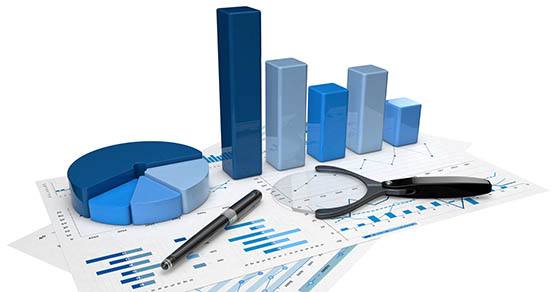How valuators use visual aids
 Business valuation professionals who serve as expert witnesses in court face two daunting tasks: First, they must capture the attention of a judge or jury. Then they need to make complex financial analyses understandable. That’s easier said than done after the trier of fact already has listened to hours of testimony in commercial litigation. Impactful visual aids can help break up the monotony and drive home key points in an expert’s oral testimony and written reports.
Business valuation professionals who serve as expert witnesses in court face two daunting tasks: First, they must capture the attention of a judge or jury. Then they need to make complex financial analyses understandable. That’s easier said than done after the trier of fact already has listened to hours of testimony in commercial litigation. Impactful visual aids can help break up the monotony and drive home key points in an expert’s oral testimony and written reports.
Achieving maximum impact
Many people are visual learners, so oral testimony alone may not be enough to enable them to understand complex issues, such as discounted cash flow analyses or profit trends. Experts who supplement their analyses with pictures are likely to leave a lasting impression.
Today, most courtrooms are equipped with technology that allows experts to display visual aids from a computer directly to a pull-down or pop-up screen. But technology is known to fail, so experts should always come to court with a hardcopy or transparency backup plan.
To get the most from visual tools, experts need to match the graphic to the data that’s being displayed. For example, a line graph might be appropriate to demonstrate a relationship between two variables, such as price and earnings or sales trends over time. A pie graph can be used to show product or customer mix. Tables can be used to highlight lists of important facts. Formulas can be written out to explain how a valuator arrived at a particular conclusion.
Recognizing potential drawbacks
It’s also important to understand the limits of using visual exhibits. Visual aids shouldn’t be used as a crutch or a replacement for verbal testimony. Instead, they should reinforce the expert’s oral testimony. Other cautionary advice includes the following:
Beware of visual overload. As a general rule of thumb, an expert should select five or fewer graphics that illustrate key strategic points. During deposition or direct examination, attorneys should ask the expert to explain each graphic in detail, rather than leaving judges and jurors to interpret the visuals themselves.
Keep it simple. Visual aids that are cluttered with too many colors and symbols or make too many points should be avoided. They can be confusing and do more damage than good. Each graph or image should emphasize one key point — maybe two — but no more.
Some judges and jurors could be color-blind, so experts usually stick with primary colors or black-and-white images. And any fonts used must be large enough for people to read from the bench or jury box without their glasses.
Reinforcing written reports
Another important placement for visual aids is inside the expert’s written report. During deliberations, judges and jurors may refer back to the report to jog their memories. The same guidelines apply for visual aids in written reports as during oral testimony. However, valuators may decide to include more visual aids in their reports than they would present during trial.
Some experts reserve pictures for the appendixes to their reports. But increasingly valuators insert visual aids throughout their reports to break up multiple pages of complicated financial explanations.
Clarifying technical matters
Complex financial analyses are often used to derive the value of a private business. Before your valuation expert heads to deposition or trial, it’s important to talk about potential sources of confusion. Contact us to discuss how charts, tables and other tools can be used to bolster the effectiveness of oral testimony and written reports.
© 2022



